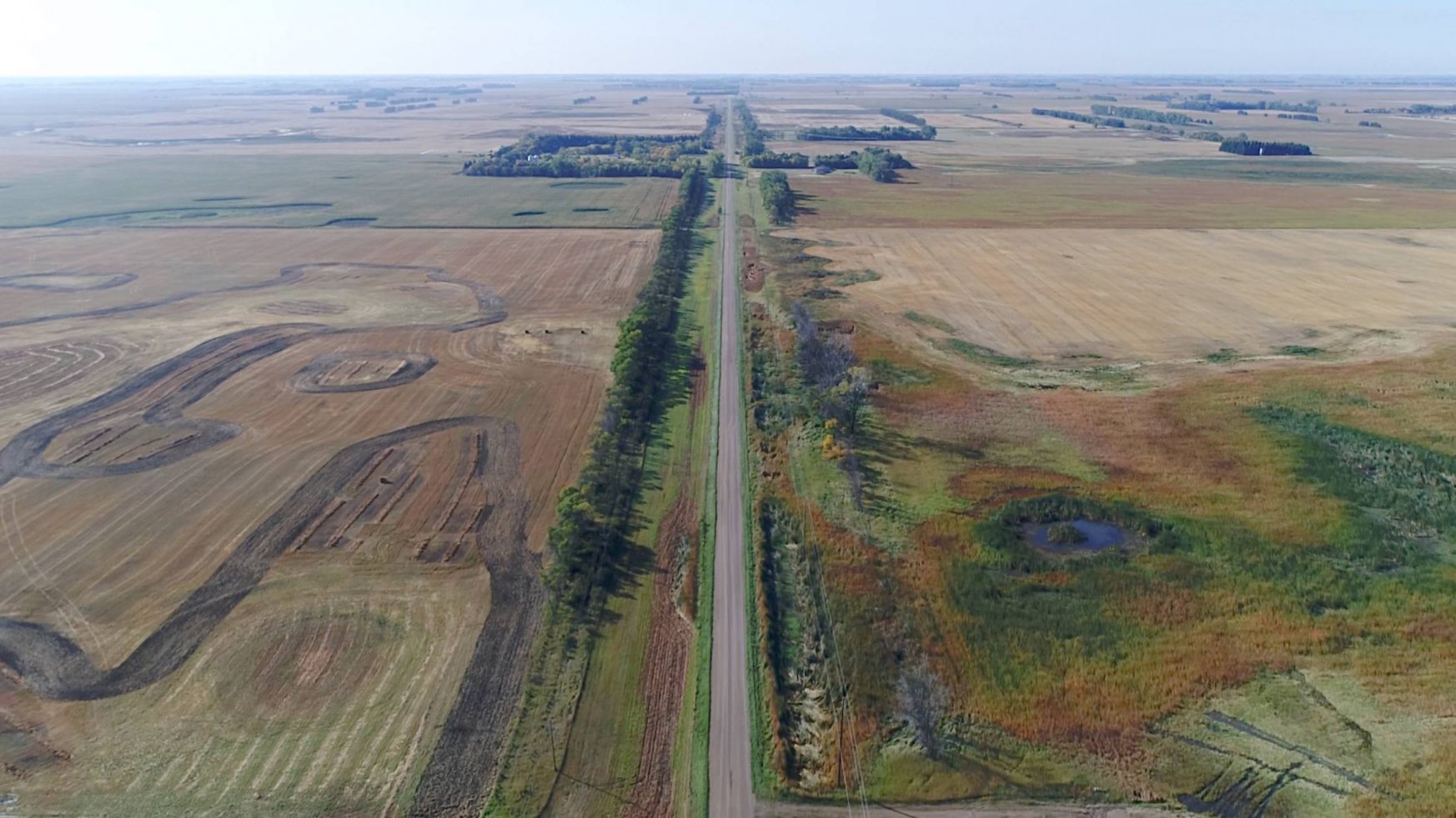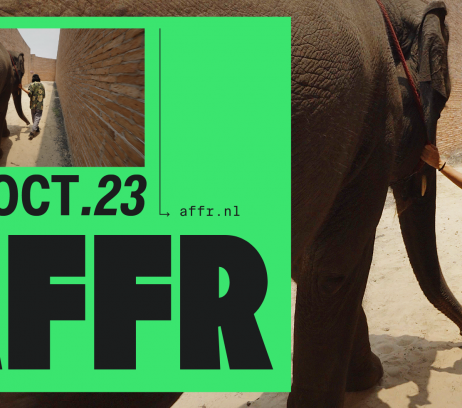Great Pla/ns
Tijdens een betoverende vlucht boven de Great Plains van de Verenigde Staten zien we eindeloze rechte wegen die enorme landbouwgebieden doorsnijden. De film getuigt van het feit dat 70% van de bodem wereldwijd door intensief gebruik is aangetast. Onderzoekers en beleidsmakers bespreken in deze film de noodzaak om over te stappen op regeneratieve landbouw om de bodems weer gezond te maken. Boeren ontdekken hoe weer verbinding te maken met hun land en met de lokale gemeenschappen.
During a fascinating flight over the Great Plains of the United States, we see endless highways that cut straight lines through vast agricultural landscapes. The film points out that 70% of the world’s soil has been damaged by intensive cultivation. Researchers and policymakers discuss the necessity of switching to regenerative agriculture in order to restore to soil fertility. Farmers discover how to reconnect with their land and with local communities.
Biological Agent – Director: Marina Otero Verzier, Manuel Correa (’24)
Een zee van plastic bedekt een groot deel van de regio Almeria in Zuid-Spanje. Daaronder verstopt vindt de productie plaats van ruim de helft van de Europese fruit en groente. Dit enorme productieve landschap is het resultaat van een gecentraliseerd planningsproces dat begon onder het Franco-regime en werd geïntensiveerd in de jaren zeventig. Biological Agent onderzoekt de architectuur en technologieën die de productie in stand houden en toont hoe mensen zich aanpassen aan het monotone ritme van de industriële voedselproductie.
A vast sea of plastic covers much of the Almeria region in southern Spain. Beneath it, over half the fruit and vegetables in Europe is cultivated. This vast productive landscape is the result of a centralized planning process that started under the Franco regime and was intensified in the 1970s. Biological Agent examines the architectures and technologies required to sustain the sector and shows how people adapt to the monotonous rhythm of industrialized food production.
Kies tijdstip
- filmspecial
Tijdens een betoverende vlucht boven de Great Plains van de Verenigde Staten zien we eindeloze rechte wegen die enorme landbouwgebieden doorsnijden. De film getuigt van het feit dat 70% van de bodem wereldwijd door intensief gebruik is aangetast. Onderzoekers en beleidsmakers bespreken in deze film de noodzaak om over te stappen op regeneratieve landbouw om de bodems weer gezond te maken. Boeren ontdekken hoe weer verbinding te maken met hun land en met de lokale gemeenschappen.
During a fascinating flight over the Great Plains of the United States, we see endless highways that cut straight lines through vast agricultural landscapes. The film points out that 70% of the world’s soil has been damaged by intensive cultivation. Researchers and policymakers discuss the necessity of switching to regenerative agriculture in order to restore to soil fertility. Farmers discover how to reconnect with their land and with local communities.
Biological Agent – Director: Marina Otero Verzier, Manuel Correa (’24)
Een zee van plastic bedekt een groot deel van de regio Almeria in Zuid-Spanje. Daaronder verstopt vindt de productie plaats van ruim de helft van de Europese fruit en groente. Dit enorme productieve landschap is het resultaat van een gecentraliseerd planningsproces dat begon onder het Franco-regime en werd geïntensiveerd in de jaren zeventig. Biological Agent onderzoekt de architectuur en technologieën die de productie in stand houden en toont hoe mensen zich aanpassen aan het monotone ritme van de industriële voedselproductie.
A vast sea of plastic covers much of the Almeria region in southern Spain. Beneath it, over half the fruit and vegetables in Europe is cultivated. This vast productive landscape is the result of a centralized planning process that started under the Franco regime and was intensified in the 1970s. Biological Agent examines the architectures and technologies required to sustain the sector and shows how people adapt to the monotonous rhythm of industrialized food production.










